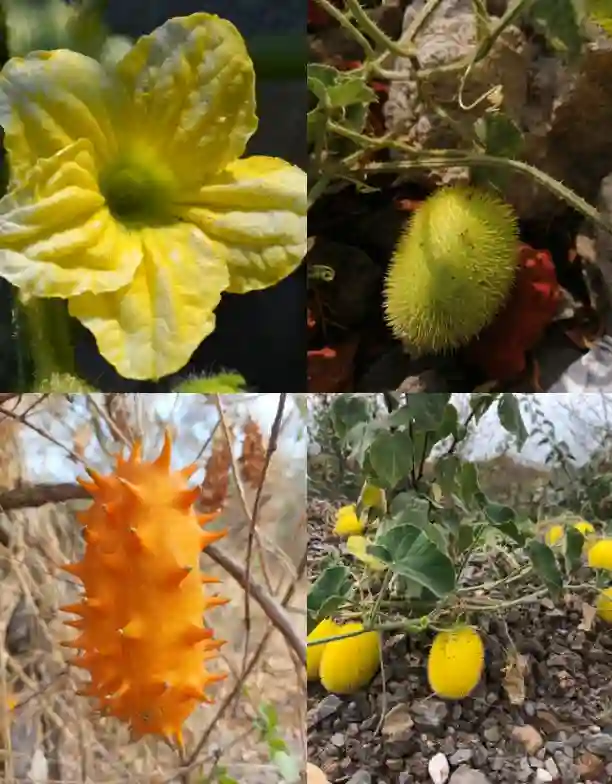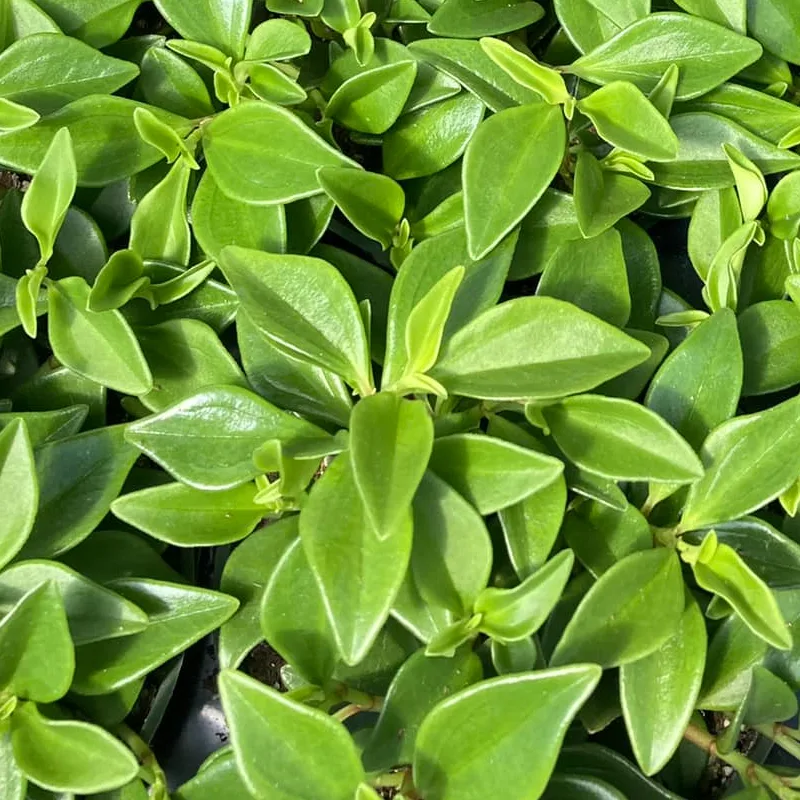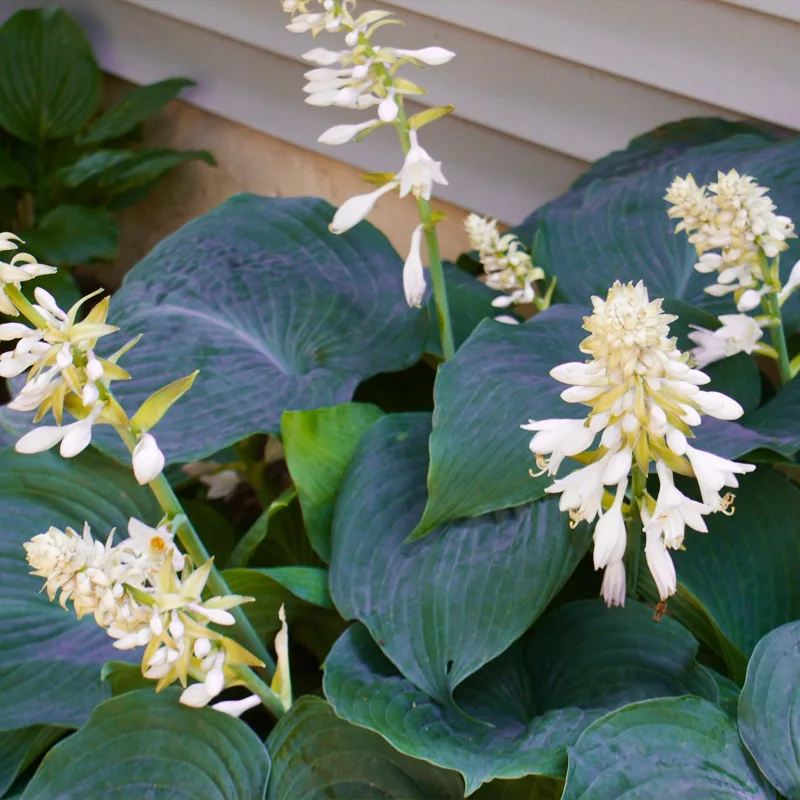
FAQs About Nellie Stevens Holly
If you’re considering adding Nellie Stevens Holly – Ilex x ‘Nellie R. Stevens’ to your garden, you’re likely curious about its growth, care, and characteristics. I’ve had my share of experiences with this hardy plant, so here’s a comprehensive guide based on my observations and research.
Plant Family: Aquifoliaceae – 569 Species in Genus Ilex – Holly Tree
How Fast Do Nellie Stevens Holly Grow?
Nellie Stevens Holly belong to the Aquifoliaceae family, is known for its relatively fast growth rate. Under ideal conditions, it can grow up to 12 to 24 inches per year. This makes it an excellent choice if you’re looking for a quick-growing hedge or privacy screen. The growth rate can vary depending on factors like soil quality, water availability, and sunlight.
How Far Apart to Plant Nellie Stevens Holly?
When planting Nellie Stevens Holly, spacing is crucial for optimal growth. I recommend planting them about 5 to 6 feet apart if you’re using them for a hedge or screen. This spacing allows each plant enough room to grow without overcrowding. If you’re planting them as individual specimens, you might space them a bit further apart, around 8 to 10 feet, to let them develop their full, lush form.
How Tall Do Nellie Stevens Holly Grow?
Nellie Stevens Holly is known for its impressive height. It typically grows between 15 to 25 feet tall. This makes it a great choice for creating tall hedges or privacy screens. With proper care and favorable conditions, some specimens can even exceed 25 feet.
When to Plant Nellie Stevens Holly?
The best time to plant Nellie Stevens Holly is in the fall or early spring. Planting during these times allows the roots to establish before the peak growing season. In my experience, fall planting tends to be more successful as it gives the plants a head start before the growing season kicks in.
Do Deer Eat Nellie Stevens Holly?
One of the reasons I appreciate Nellie Stevens Holly is its resistance to deer. Deer generally avoid this plant due to its prickly leaves and bitter taste. This makes it an excellent choice for gardens in areas where deer are a problem.
Are Nellie Stevens Holly Berries Poisonous?
The berries of Nellie Stevens Holly are mildly toxic if ingested. While they are not deadly, consuming them can cause digestive issues like nausea or vomiting. It’s a good idea to keep an eye on pets and small children to prevent them from eating the berries.
Are Nellie Stevens Holly Roots Invasive?
Nellie Stevens Holly has a well-behaved root system. Unlike some other holly varieties, its roots are not considered invasive. They tend to grow in a manageable manner, making them suitable for most garden settings without the worry of them overtaking other plants.
Does Nellie Stevens Holly Have Berries?
Yes, Nellie Stevens Holly produces red berries that are quite attractive, especially in winter. These berries add a splash of color to the garden and can be a nice feature for holiday decorations. Just remember that the berries are mildly toxic.
Does Nellie Stevens Holly Need a Pollinator?
Nellie Stevens Holly is a self-pollinating plant. This means it doesn’t require another holly plant nearby to produce berries. It simplifies the planting process, as you don’t need to worry about finding a compatible pollinator.
Nellie Stevens Holly vs American Holly
When comparing Nellie Stevens Holly to American Holly, one noticeable difference is their growth habits. American Holly typically has a more open growth pattern and can be slower growing. Nellie Stevens Holly, on the other hand, has a denser form and grows faster. Additionally, Nellie Stevens Holly is less tolerant of cold climates compared to American Holly.
Nellie Stevens Holly vs Oakleaf Holly
Oakleaf Holly is another variety worth considering. It has distinct oak-like leaves and a slower growth rate compared to Nellie Stevens Holly. While both are good for hedges, Nellie Stevens Holly generally grows faster and taller, making it a better choice if you need a quick and tall privacy screen.
Nellie Stevens Holly vs Eagleton Holly
Eagleton Holly is similar in growth habit to Nellie Stevens Holly but tends to be more compact. If you’re looking for a more manageable size, Eagleton Holly might be the better option. However, Nellie Stevens Holly excels in rapid growth and height, which might be preferable for larger spaces.
Nellie Stevens Holly vs Ficus Nitida
Ficus Nitida, also known as Indian Laurel Fig, is quite different from Nellie Stevens Holly. While both can be used as hedges, Ficus Nitida is an evergreen tree with a much broader canopy and a faster growth rate. Nellie Stevens Holly, however, offers a more compact and dense form, making it ideal for narrow spaces.
Nellie Stevens Holly vs Thuja Green Giant
Thuja Green Giant is a popular choice for tall hedges and screens. Compared to Nellie Stevens Holly, Thuja Green Giant grows faster and can reach similar heights. However, Thuja Green Giant has a less dense foliage compared to the compact, dense growth of Nellie Stevens Holly. Also, Thuja Green Giant is better suited to colder climates.
How to Care for Nellie Stevens Holly?
Caring for Nellie Stevens Holly is relatively straightforward. Ensure it gets plenty of sunlight, ideally 4 to 6 hours a day. Water it regularly, especially during dry periods, and mulch around the base to retain moisture and keep weeds at bay. Pruning can be done to shape the plant and remove any dead or diseased branches.
How to Propagate Nellie Stevens Holly?
Propagating Nellie Stevens Holly can be done through cuttings. Take semi-hardwood cuttings in late summer and plant them in a well-draining soil mix. Keep the cuttings moist and in a shaded area until roots develop. This method is effective and allows you to grow new plants from an existing one.
What to Plant With Nellie Stevens Holly?
Nellie Stevens Holly pairs well with a variety of plants. Consider combining it with evergreen shrubs like Boxwood or Juniper for a varied texture. For a colorful contrast, plant it alongside flowering perennials like Daylilies or Roses.
In conclusion, Nellie Stevens Holly is a versatile and attractive plant suitable for various garden styles. With its fast growth rate, resistance to deer, and self-pollinating nature, it’s a solid choice for many gardeners. Whether you’re looking for a privacy screen or an attractive garden feature, Nellie Stevens Holly has a lot to offer.
If i die, water my plants!



